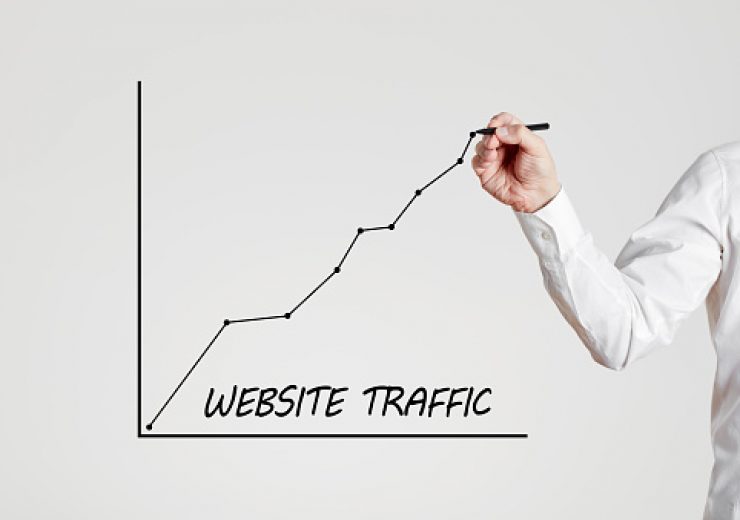Top 5 Delivery Frameworks for your E-commerce Business

Before starting your e-commerce business, you need to know the best model that suits or works for you.
There are different models of e-commerce such as:
- Business to Consumer (B2C)
- Business to Business (B2B)
- Business to Government (B2G)
- Business to Business to Consumer (B2B2C)
- Consumer to Consumer (C2C)
- Consumer to Business (C2B).
And once you have determined the model that best suits your business, the next step is to know the delivery method that meets your needs and requirements.
The following are the most popular approaches businesses use today.
1. Drop Shipping
Drop shipping is a technique of order fulfilment in which third-party supplier stocks, packages, and ships a business’s products (i.e., you sell someone else’s products through your store).
The team that sets up the storefront doesn’t have to bother with managing inventory, filling warehouses, or handling delivery with drop shipping enterprises. They can concentrate on improving the front-end consumer experience and expanding their customer base.
One of the most important drawbacks to this technique that you should consider before implementing it is that your company will have no control over the supply chain. It will reflect poorly on your brand if things come damaged or late, or if the quality is lower than expected. While the drop-shipper is responsible for delivery, you are the one who has direct contact with the end customer and is ultimately in charge of resolving support issues and managing the relationship.
2. Wholesaling
Businesses that use wholesaling take care of everything except the product’s manufacture. You will order directly with suppliers and will be in charge of the warehouse, inventory and stock management, including customer order and delivery tracking. Wholesale e-commerce is more common in the B2B space, but it can also be used as part of a B2C e-commerce strategy.
3. Private Labelling
A firm will contract a third-party manufacturer to develop their desired items based on their unique ideas and designs in the case of private labelling. You won’t have to create your factory or produce your products, and you’ll have exclusive rights to market your products.
Once the goods are made, you have the option of having the manufacturer ship straight to the buyer, to an online marketplace, or you. Private labelling can be a terrific way to get started or test new ideas if you have the product designs and financial resources to get started.
4. Subscriptions Services
With a subscription model, you commit to sending your products to customers at regular, predetermined intervals for an extended time. Subscriptions come in a variety of forms, such as product discovery or unlimited services, thus price, billing, and account management will be determined by your business, your products, and your customers’ consumption patterns.
While e-commerce subscriptions can be profitable and offer a variety of advantages, they are not appropriate for every business.
5. White Labelling
You are branding and selling a product under your name and trademark with white labelling, but it is manufactured and purchased from a third-party distributor.
This is most widespread in the fashion and health industries, especially with cosmetics, essential oils, and CBD online retailers.
White labelling can help you increase brand awareness, avoid having to produce your items, and take advantage of the distributor’s experience and skills.
Conclusion
Having seen the different delivery frameworks your e-commerce business can take, it is time to start building your branding by having a compelling optimized e-commerce website. Click here to get an optimized e-commerce website almost at zero cost.





